About the incineration of radioactive waste
2023
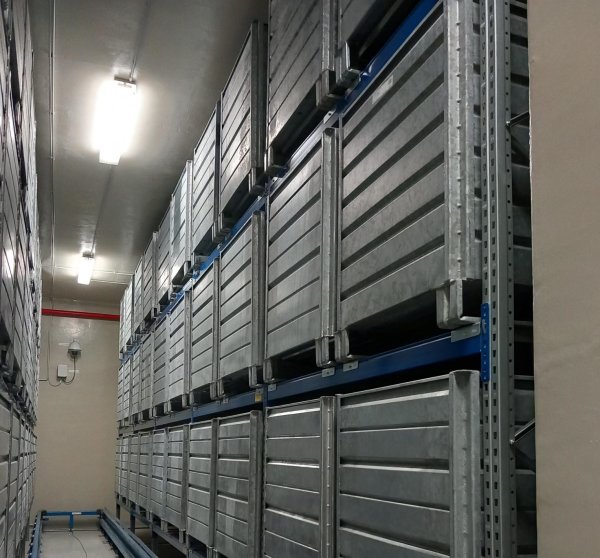
One of the best known technologies for the treatment of radioactive waste (hereafter referred to as " RW ") is incineration. Various incinerators are known to treat RW, ranging from low to high activity RW.
In November 2021, the Ministry of the Environment's revised Environmental Requirements for the Incineration of Waste came into force, setting limits for emissions of radioactive waste into the air from waste incineration plants. Limiting emissions reduces air pollution. The aim is to reduce air pollution and protect the health of nuclear power plant employees and the surrounding population.
The INPP incinerator is the most complex technological system in the entire plant. It has a design capacity of 100 kg/hour. It is the most sophisticated piece of equipment for the complete cycle of handling flammable medium and low-level radioactive waste, from sorting to ash placement in drums and transport to the high-pressure baler. The design of the Ignalina NPP incinerator meets a wide range of requirements: more complete oxidation of organic waste, temperature maintenance to ensure a reliable and stable process, maximum automation of technological processes and treatment of waste gases to an acceptable concentration.
Thermal treatment of organic RW has become widespread due to its significant volume reduction, its ability to convert combustible waste into a chemically inert form, and its ability to break down the toxic and radiological components of the waste. The complex has a two-chamber furnace with several temperature zones: ignition, combustion, and final incineration. The incineration temperature of the waste is 900-1100°C. An interview with Genadij Manžos, Head of the Radioactive Waste Management Subdivision, about the process, the risks, and the ambitious plans.
1. How is Solid RW sorted?
Solid radioactive waste (hereinafter referred to as " RW ") is classified as
- 1. According to their physical and chemical characteristics:
Flammable RW;
Non-flammable RW.
- According to radiological properties:
According to isotopic lifetime, short-lived (with an isotopic half-life of less than 30 years) and long-lived waste;
According to activity: low, intermediate, and high activity waste. Radioactive waste is also classified (according to IAEA guidelines) depending on its characteristics. Short-lived radioactive waste is classified as Class A, B and C, and long-lived waste is classified as Class D and E. Spent sources of ionising radiation are classified as a separate Class F.
2. What RW is/can be incinerated?
Class A and B solid RW (mainly wood, personal protective equipment, film, plastic, cardboard) can be separated for incineration. Liquid RW oils are also incinerated.
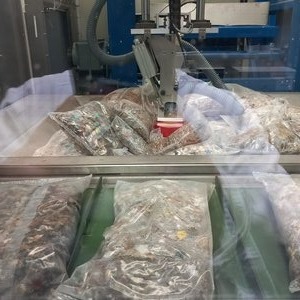
- How often is the solid RW incinerated?
During the hot tests* and the first year, 2-3 incinerations per year were carried out. In 2023, 4 incineration campaigns are planned. An incineration campaign lasts approximately 25-30 days, including 3 days to bring the incinerator to the required temperature, 10-15 days to incinerate the RW and the remaining days to cool down the equipment. * Hot tests are tests of the equipment and process using real RA.
4. What is the incineration process for solid RW? How is the incineration process organised?
The operation of an incinerator is divided into three stages. The heating rate of the incinerator is 50 degrees per hour and the cooling rate is approximately 20 degrees per hour. Incineration is carried out automatically by feeding the incinerator with prepared bags of shredded RW (average bag weight 2-3 kg). The temperature in the combustion chamber is maintained at 800-1000°C. The flue gas from the combustion chamber flows into the final combustion chamber where the organic material is burnt in the flame of a diesel burner. In order to avoid the formation of harmful gases (dioxins and furans), the Waste Incineration Regulations BST-3.1.1 specify two incineration regimes for solid RW: a temperature between 1100 and 1150°C must be maintained for the incineration of solid waste containing more than 1% of chlorinated substances, and a lower temperature between 850 and 1150°C for the incineration of solid RW containing less than 1% of chlorinated substances.
Before being released to the atmosphere, flue gas must be cooled and cleaned of harmful pollutants and dust by dry and wet processes. All air emissions are monitored by automatic chemical and radiation monitoring equipment. In addition to automatic chemical monitoring, periodic measurements of emissions are carried out by experts from the LTD Ekometrija laboratory. RW liquid oil can be burnt either together with other RW or separately. The liquid RW is pumped into a container, transferred, heated, and pumped into the combustion chamber by a burner.
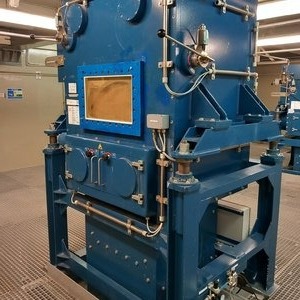
Other liquid radioactive wastes (e.g., oils and organic liquids, sediments) are not typical liquid radioactive wastes and will be treated according to specific technical solutions (e.g., oils and organic liquids contaminated with radioactive substances will be incinerated in the SWMSF incinerator).
The preparation of solid RW for incineration is divided into several stages:
Stage 1. Preparetion of radioactive waste (reception, sorting, shredding, bagging, packing in one-cube containers and transport of the containers to a buffer store with a capacity of 120 containers (approximately 18 tonnes of waste).
Stage 2. Cleaning of explosive materials (diesel, lye, carbamide, HEPA filters), periodic replacement of the activated carbon of the dioxin filter.
Stage 3. Inspection, preparation (repair, maintenance), adjustment and functional checks of the incineration system equipment and auxiliary system components prior to commissioning. This stage is completed by checking the operation of the safety devices and blockers at the minimum operating conditions of the incinerator (without incineration of RW).5. What are the parameters used to monitor the incineration process?
5. What parameters are used to monitor the incineration process?
The main parameters to monitor during the incineration process are:
- Temperature range in the main equipment of the incineration unit (combustion and afterburning chambers, flue gas cooler, upstream of HEPA filters);
- Rarefaction in the combustion and afterburning chambers, ash unloaders;
- Pressure drops in the combustion and afterburning chambers and in the main fan;
- Oxygen content of the flue gases in the combustion chamber;
- Readings from chemical emission monitors;
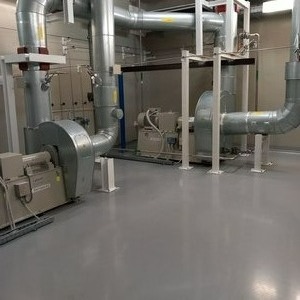
- What are the main risks of RW incineration?
The main risk is damage to the lining of the main equipment (incinerator and afterburner, flue gas cooler). To avoid these risks, the external surface of the equipment is inspected four times per shift while the incinerator is in operation.
7. About how much solid RW will be burnt per incinerator? How many incineration operations are planned in total?
Approximately 100 m3 of solid RW (15-18 tonnes) will be burned per incineration campaign. In addition, up to 2 m3 of liquid oily RW in contact with radioactive material can be burned during the incineration process, as this requires pre-heating of the waste oil.
8. What is the by-product of the incineration campaign ("ash")? What to do with it and how?
The by-products of the incineration campaign are ash, harmful air pollutants and RW secondary liquid lubricants (scrubber liquids after neutralisation).
The ash is poured into 200-litre drums, which are compacted and placed in short-life waste containers and then filled with cement mortar.
Regarding harmful emissions, Order No. 699 of the Minister of Environment of the Republic of Lithuania approves the environmental requirements for waste incineration, which do not exceed the daily average values. Corrective measures are taken in case of exceeding the set emission levels, including the suspension of solid waste incineration.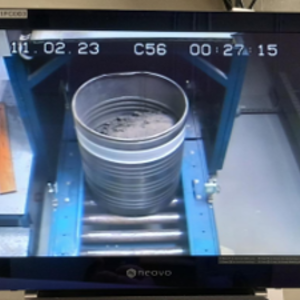
- How many years is the RW incineration planned for?
The function of the Solid Waste Management and Storage Facility is to manage, with the necessary facilities (sorting, compacting, incineration, packaging preparation) and infrastructure, both the RW of classes B, C, D, E F recovered from the old storage sites and the RW of classes B, C, D, E F generated during dismantling.
The operation of this complex is planned until at least 2038, as in this case the incineration of RW is one of the RW management options used to ensure that all RW is properly managed by the end of the decommissioning project and to achieve the status of a greenfield site.

